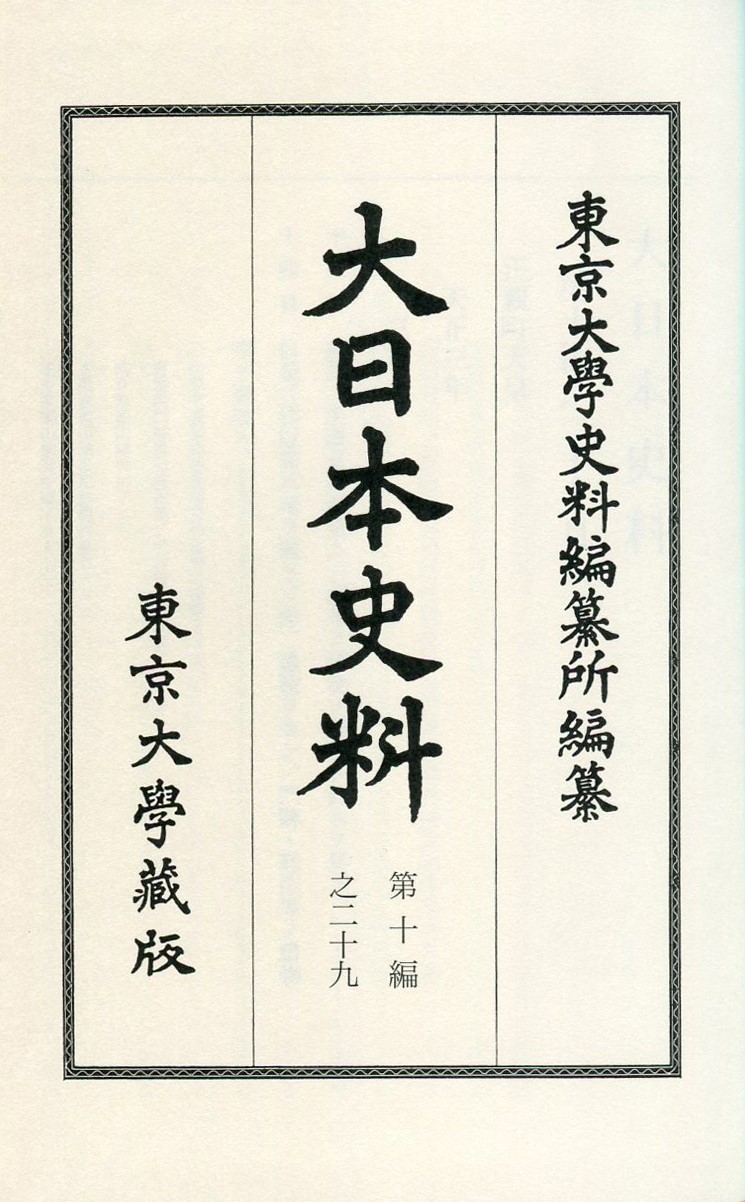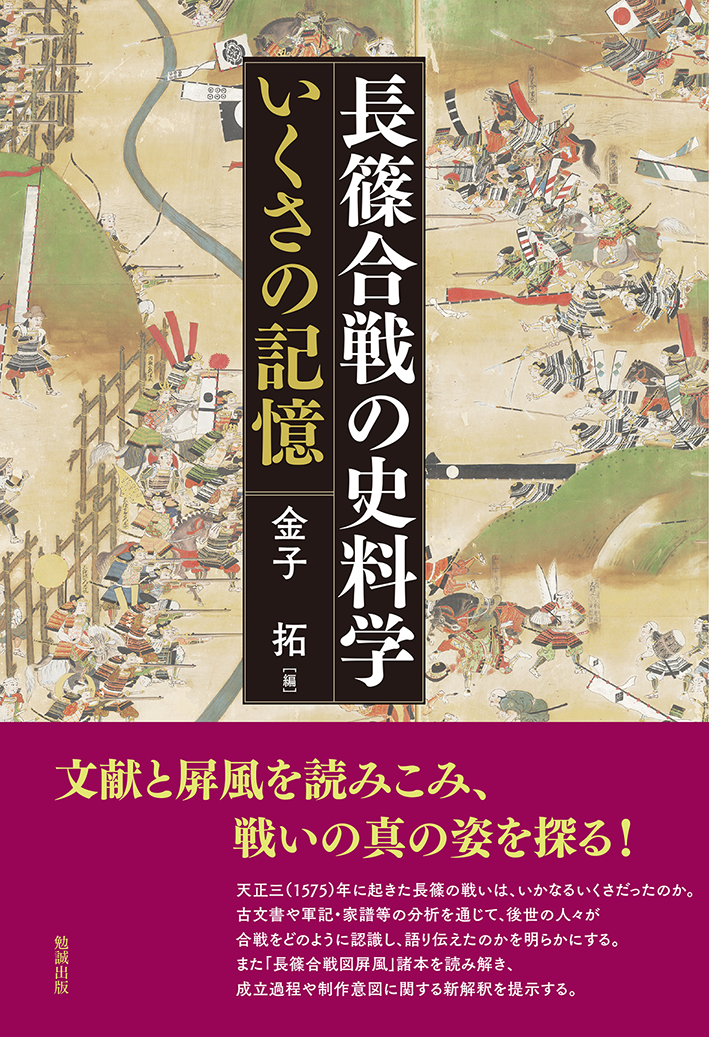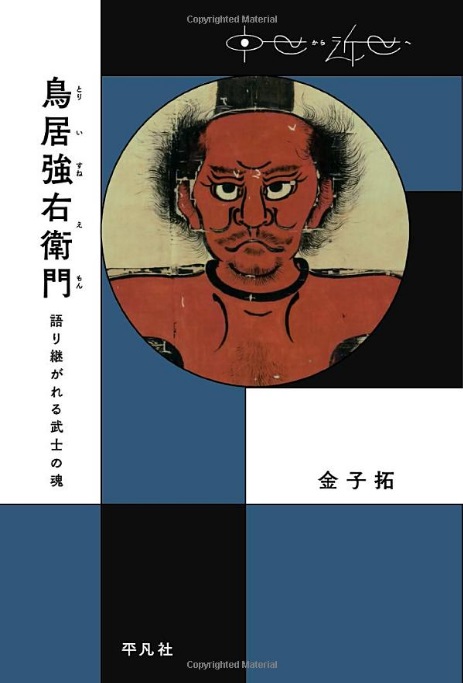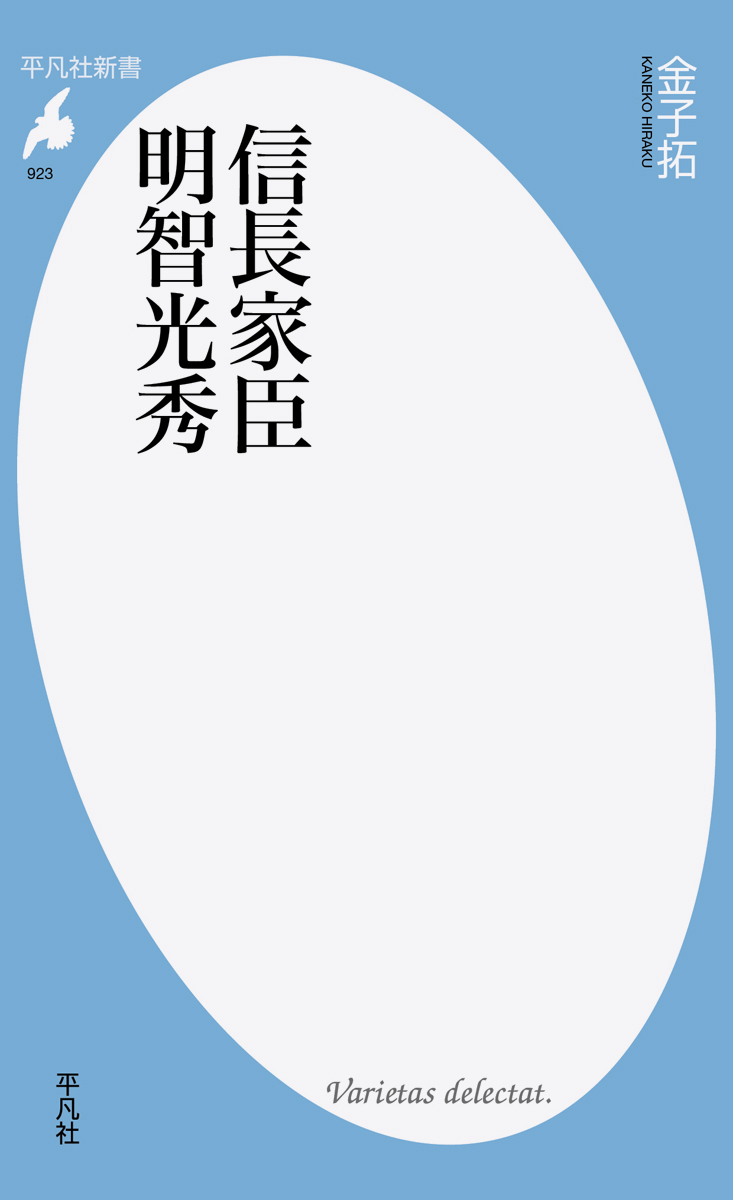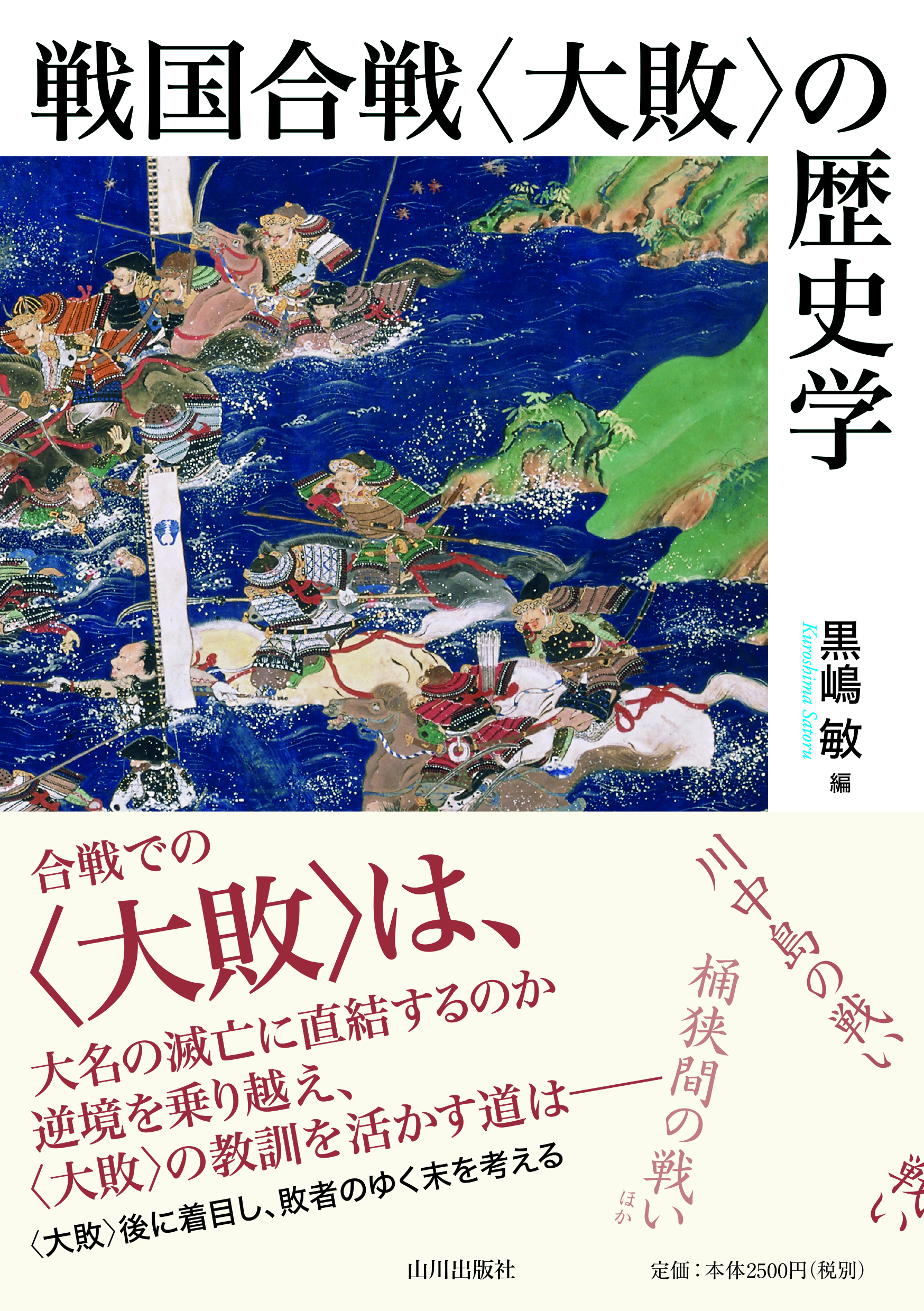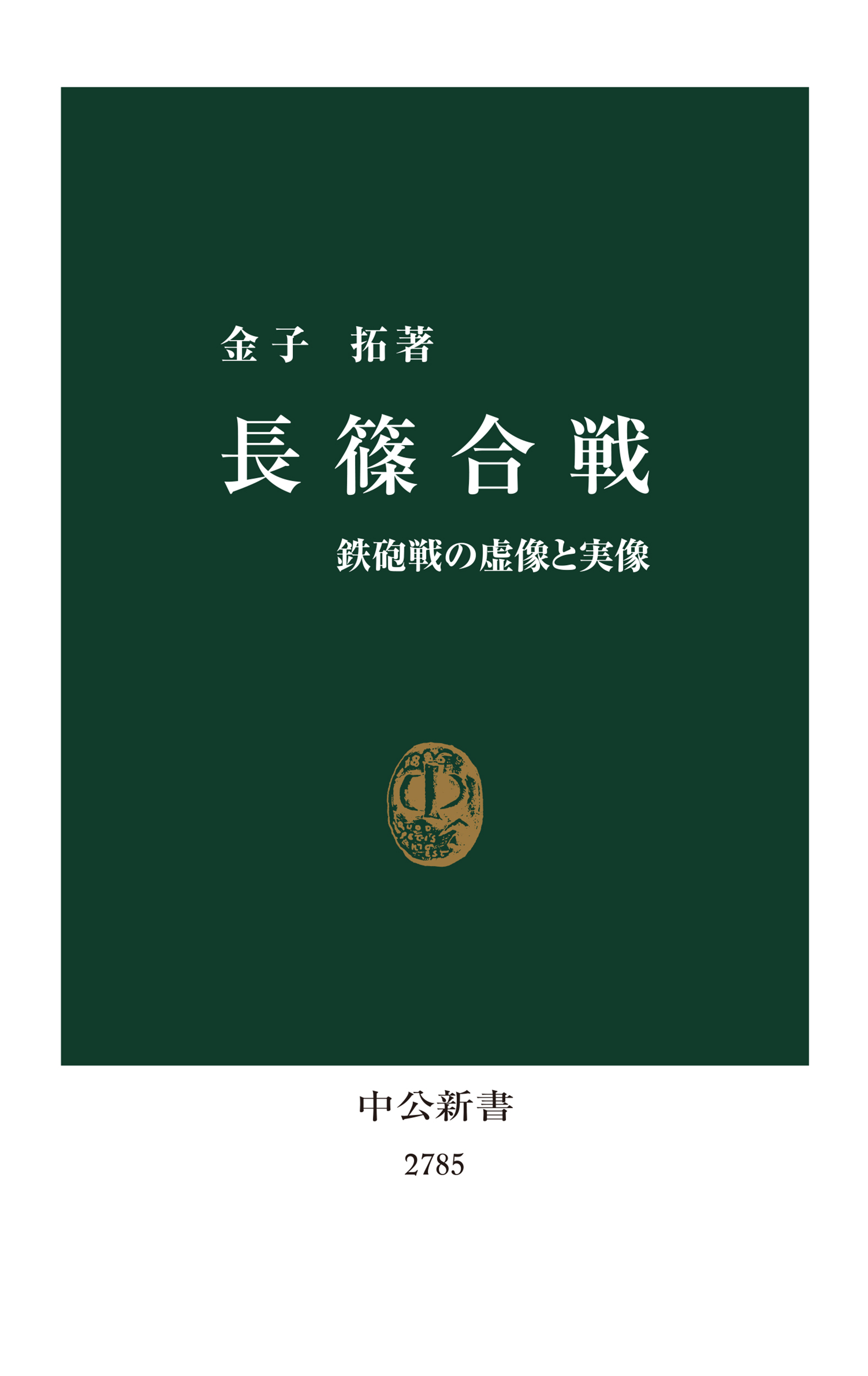
Title
Chuko Shinsho 2785 Nagashino Kassen (The Battle of Nagashino - Fact and Fiction about a Battle Fought with Firearms)
Size
264 pages, paperback pocket edition
Language
Japanese
Released
December 20, 2023
ISBN
978-4-12-102785-6
Published by
CHUOKORON-SHINSHA
Book Info
See Book Availability at Library
Japanese Page
This book deals with the Battle of Nagashino, which took place on the 21st of the fifth month of Tenshō 3 (1575). In recent years, the popular and powerful historical images of the battle as a clash between the firearms of the forces of Oda Nobunaga and Tokugawa Ieyasu and the cavalry of Takeda Katsuyori or as Nobunaga’s victory due to the innovative tactic of successive volleys fired by his musketeers have come under criticism, and taking this criticism into account, this book considers why such a battle took place on that particular day. It is a paperback, written in an accessible style aimed for a general audience.
I work at the Historiographical Institute at the University of Tokyo, where I have been involved in the compilation of Chronological Source Books of Japanese History, a series that arranges historical events in chronological order and cites the relevant sources, and in particular I have been in charge of the compilation of Part 10, covering the period of Oda Nobunaga’s rise to power. I have already explained this elsewhere on this website when introducing my books Chronological Source Books of Japanese History (Part 10, Volume 29), The Study of Historical Sources Related to the Battle of Nagashino, and Torii Suneemon: A Tale of the Warrior Spirit Handed Down through the Ages. In 2021 we finally published the volume dedicated to sources about the day of the Battle of Nagashino (Chronological Source Books of Japanese History: Part 10, Volume 30). This publication was the result of a joint research project involving colleagues and many other researchers who worked together to collect and examine the historical sources. Some of the insights gained from this project informed the aforementioned books and culminated in the publication of vol. 30 of the above series.
While conducting this research, I myself felt that there was a need not only to examine events on the day of the Battle of Nagashino, but also to consider its historical position from a broader perspective, both temporally and spatially. Taking this into account, this book explores the question of what kind of battle the Battle of Nagashino actually was. For me, this book represents the culmination of over a decade of work spent compiling sources and conducting research on this topic.
Rather than simply describing the course of the battle, this book examines the motivations and actions of the military commanders who took part in this battle—Takeda Katsuyori, Oda Nobunaga, and Tokugawa Ieyasu—and seeks to understand why they ended up fighting on that particular day in that specific location. Next, it explores how this battle was recorded in later historical materials and how these accounts have been interpreted from the Edo period down to the present day, ultimately shaping our current “general” picture of the Battle of Nagashino. Vol. 30 of the above series includes many genealogical charts compiled during the Edo period by descendants of warriors who participated in the battle, as well as accounts and stories produced in the Edo period. I believe that through the task of compiling sources I became able to think about the Battle of Nagashino with an acute awareness of questions concerning how events at a certain point in time were recorded in writing and passed down through the generations. It could perhaps be said that this book explores changes in historical perceptions of the Battle of Nagashino.
It is frankly impossible to know exactly what happened in a battle that took place 450 years ago. However, in order to get as close as possible to the truth, it is necessary to read a great many historical sources. But unless one knows who wrote these sources, when they were written, and from what standpoint, our knowledge of past events will be distorted. This process is an important pillar of historical research.
Through this work, it became clear how the “general” image of the Battle of Nagashino was created, how events are described in various historical sources, and how these accounts changed over time. What is the true picture of the Battle of Nagashino that emerges once we peel back the layers of the “common” historical picture of the battle? Those who wish to find out are encouraged to read this book.
It so happens that this year (2025) marks the 450th anniversary of the Battle of Nagashino. I have heard that events looking back on the battle are being planned in localities associated with the battle. I would encourage those interested to attend these events, too.
(Written by KANEKO Hiraku, Professor, Historiographical Institute / 2025)



 Find a book
Find a book


